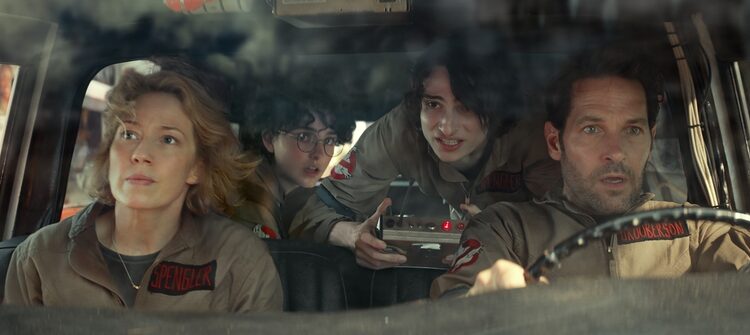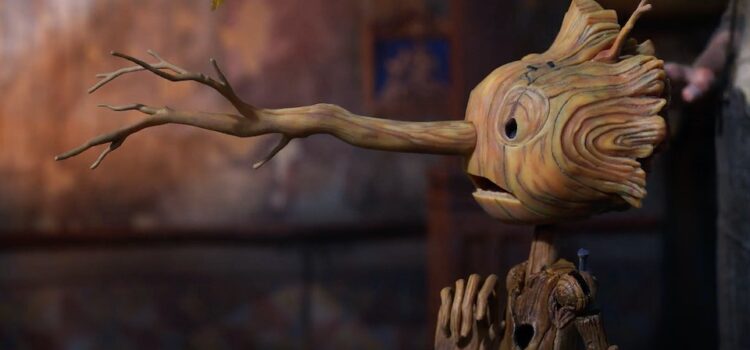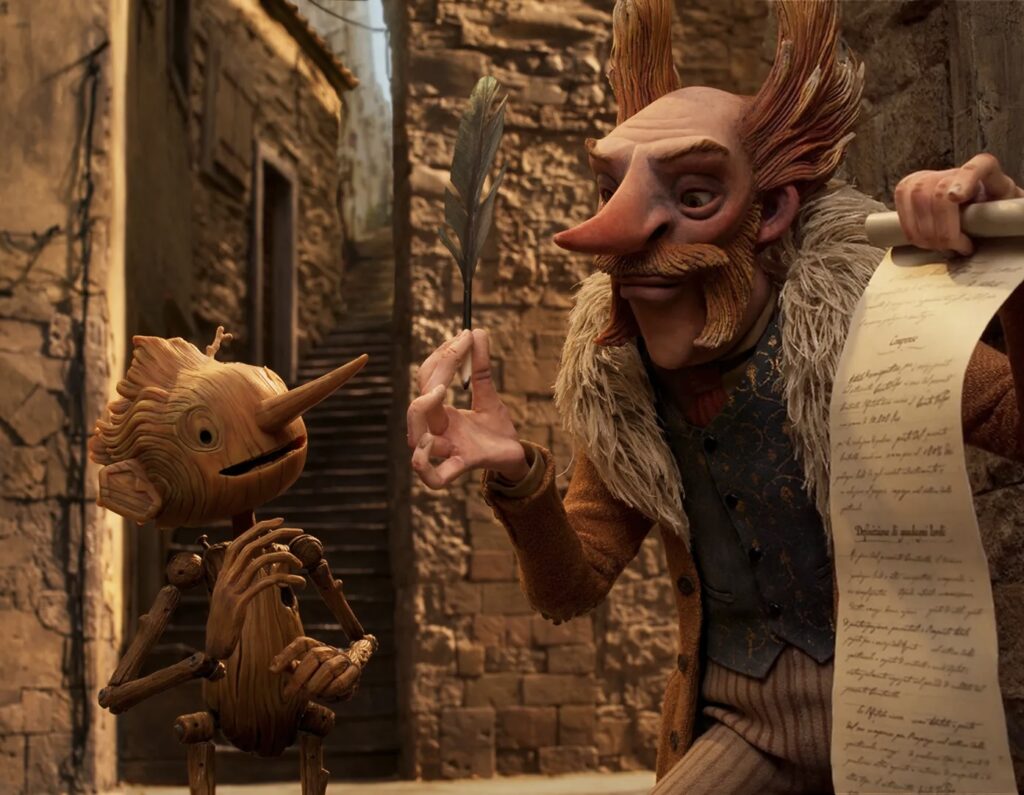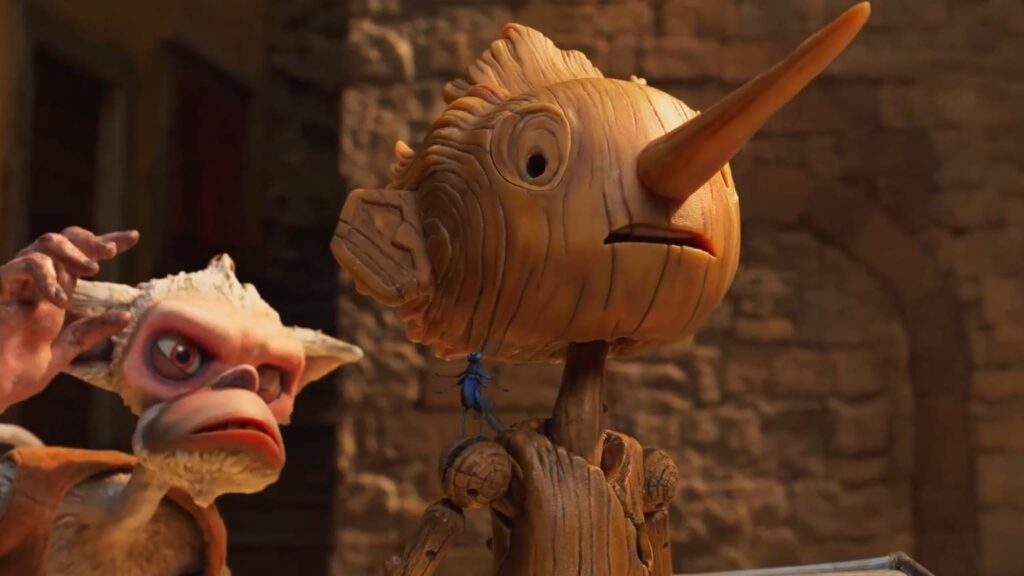By Lynn Venhaus
A silly and confusing nostalgia-infused stew that suffers from ingredients well past their sell-by dates, “Ghostbusters: Frozen Empire” is an erratic mess of plot and pacing, with too many layers and too many characters.
Whatever goodwill people have for the original cast Bill Murray, as Dr. Peter Venkman, Dan Aykroyd as Ray Stantz and Ernie Hudson as Winston Zeddemore, quickly evaporates when co-screenwriters Gil Kenan and Jason Reitman poorly integrate their beloved characters into a storyline weighted down by paranormal mumbo-jumbo.
It’s unnecessarily more complicated than any thread in “Oppenheimer,” and all the levity is sucked out of it, which is sad for tarnishing the late Harold Ramis’ legacy as the nerdy Egon Spengler, the big-brain of the original outfit.
This latest installment takes up after “Ghostbusters: Afterlife“ in 2021 resurrected the franchise that began with a bang in 1984, which was followed up with a 1989 sequel, and then dormant until a 2016 all-female reboot, which has largely been ignored but had a terrific cast.
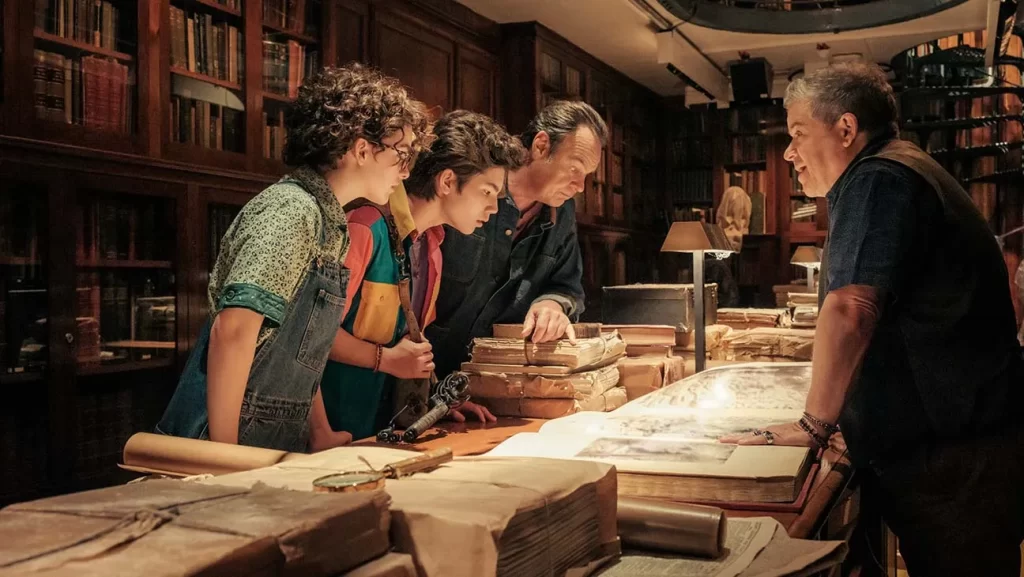
In “Ghostbusters: Frozen Empire,” the Spengler family returns to the iconic New York City firehouse to team up with the surviving Ghostbusters, who’ve developed a top-secret research lab to take busting ghosts to the next level.
But when an ancient artifact unleashes an army of ghosts that casts a death chill upon the city, the new and old team join forces to save the world from a second Ice Age. The gizmos are more high-tech — drones! — but that doesn’t improve lucidity.
Sure, Slimer is back, and William Atherton shows up as the despicably oily Walter Peck, only he’s now the mayor of New York City instead of an EPA inspector — but still would like to rid his town of the ghostbusting heroes. A tiny army of mischievous mini-Stay-Puft Marshmallow Men cause more mayhem than when first introduced in 2021.
But even those welcome sentimental sightings don’t add much to an inexplicably leaden Kenan-Reitman script that is directed with a heavy-hand by Kenan, following “Afterlife” director Jason Reitman, the son of original “Ghostbusters” director Ivan Reitman.
As charming as Paul Rudd is as Gary Grooberson, the beau of Callie Spengler (Carrie Coon, one of the great modern actresses, just going through ‘mom’ motions), he can’t carry this cash-grab on his own. Grown-up make-believe needs a reason to watch.
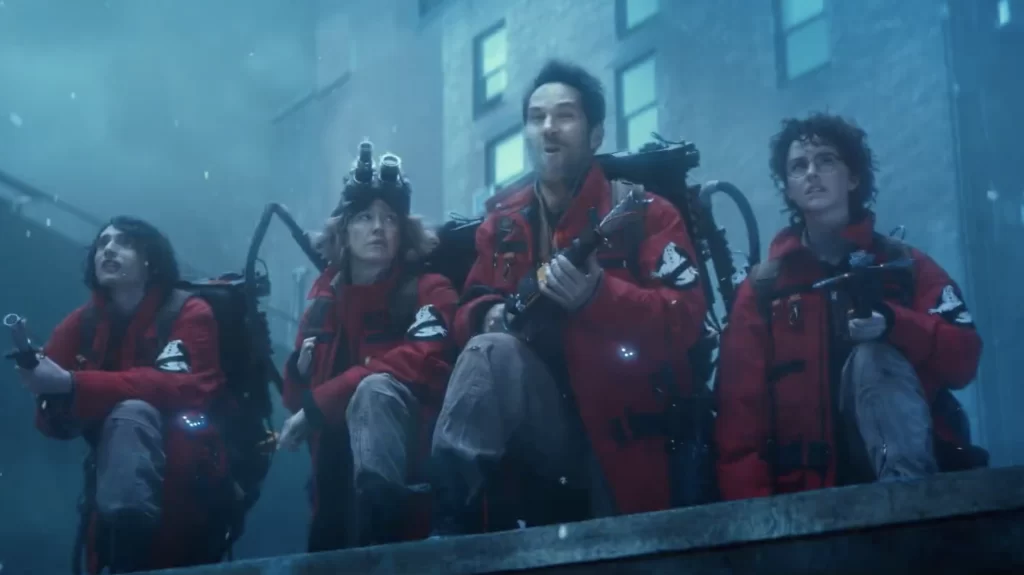
Callie is Egon’s daughter, and her two teenage children Trevor (Finn Wolfhard) and Phoebe (McKenna Grace) are back, this time as fierce ghostbusters now enthusiastically embracing the family business.
There is a strange subplot where Phoebe is attracted to a ghost named Melody (Emily Alyn Lind) that is just a bizarre detour in an already complex template.
The Spenglers have taken over the Firehouse as a home, which is fun to explore, but then the ghosts they capture in the Ecto-Containment Unit start acting up (go figure) because of an apocalyptic diety hellbent on igniting a deep freeze (but why?). Layers and layers of confusing backstory prevent the film from ever taking off, and engaging in a way audiences might expect.
The set-up is unusually long and meandering, and is weighted down by the ancient lore explanations that seems to be as thick as mud. You can only watch so many electronic sparks before it becomes mind-numbing.
There is little to connect the “Afterlife” dirt farmer in Summerville, Oklahoma storyline, but two of the characters return with a passing reference — a podcaster played by Logan Kim and Lucky played by Celeste O’Connor.
The very funny comic actor and stand-up comedian Patton Oswalt is wasted in one solo scene as a librarian with vast knowledge of the spirits underworld, and ever-reliable Kumail Nanjiani offers goofy support as the slacker grandson of a deceased woman who held a lot of ancient (and kinky) secrets in their modest apartment.
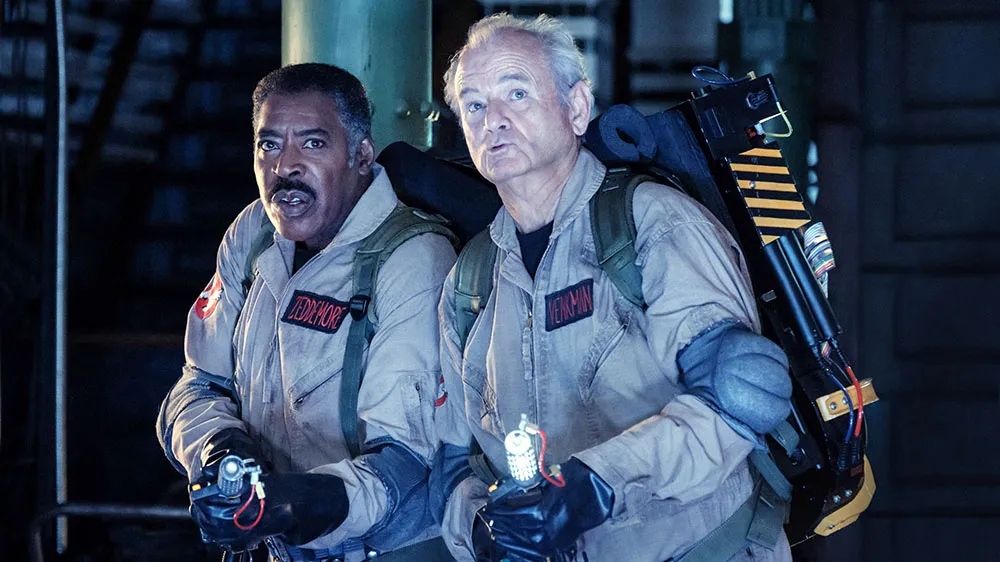
While Aykroyd and Hudson are game as the more prominent returning heroes, Murray shows up rather late, with little to do, and coasts, devoid of the goofy charm that made Venkman so appealing. While Annie Potts is another welcome sight as former receptionist Janine Melznitz, it’s just a drive-by appearance, the role without any pizzazz of her past self.
This film is disappointing on multiple levels, but the by-the-numbers visual effects take over as a big chill plot point that is just deadening.
If you’ve seen Disney’s “Frozen” and its sequels, you’ve already seen everything a fast-moving widespread ice storm can do — and this plethora of GCI icicles is eye-catching for a few minutes, but in a repetitive loop, it quickly becomes tiresome. There was more heart in “Godzilla Minus One.”
While much of the “Ghostbusters” lore involves the childhood toys Millennials grew up with, that fondness is frittered away with this soulless, lifeless plot — although it might sell a few proton packs and jumpsuits.
And Ray Parker Jr.’s kicky “Ghostbusters” theme song can only do so much when it’s overused.
There is no reason to call these synthetically engineered characters ever again. Let it go.
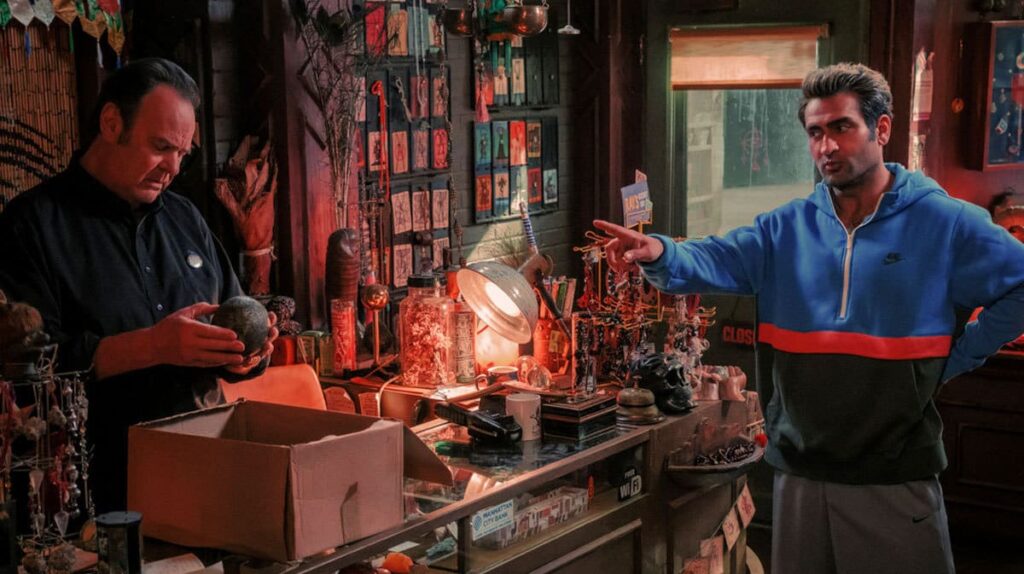
“Ghostbusters: Frozen Empire” is a 2024 comedy sequel directed by Gil Kenan and starring Paul Rudd, Carrie Coon, McKenna Grace, Finn Wolfhard, Kumail Nanjiani, Patton Oswalt, Annie Potts, Dan Ackroyd, Ernie Hudson, Bill Murray. Logan Kim, Celeste O’Connor and William Atherton. It is rated PG-13 for supernatural action/violence, language, and suggestive references, and runtime is 1 hour, 55 minutes. It opens in theaters March 22. Lynn’s Grade: D
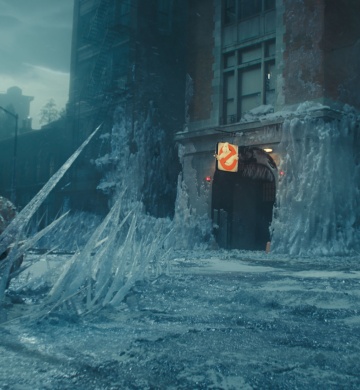

Lynn (Zipfel) Venhaus has had a continuous byline in St. Louis metro region publications since 1978. She writes features and news for Belleville News-Democrat and contributes to St. Louis magazine and other publications.
She is a Rotten Tomatoes-approved film critic, currently reviews films for Webster-Kirkwood Times and KTRS Radio, covers entertainment for PopLifeSTL.com and co-hosts podcast PopLifeSTL.com…Presents.
She is a member of Critics Choice Association, where she serves on the women’s and marketing committees; Alliance of Women Film Journalists; and on the board of the St. Louis Film Critics Association. She is a founding and board member of the St. Louis Theater Circle.
She is retired from teaching journalism/media as an adjunct college instructor.

